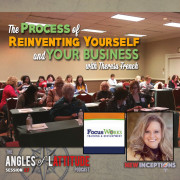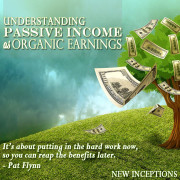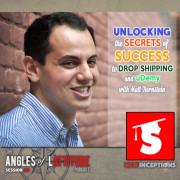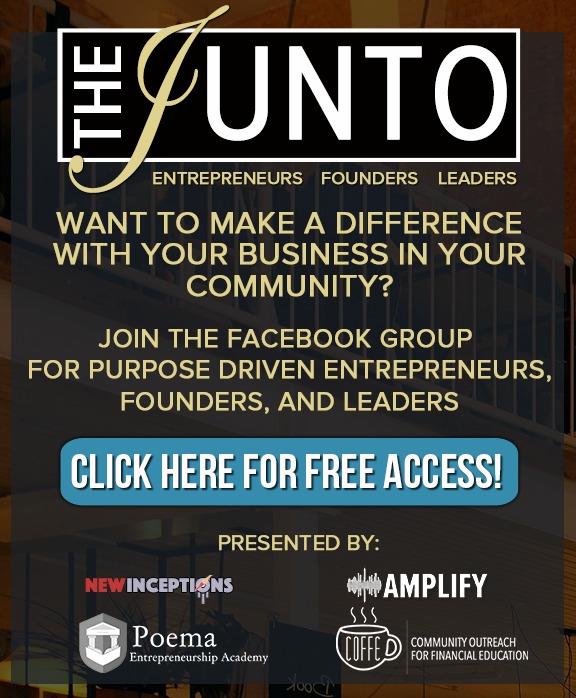AoL 027: The Process of Reinventing Yourself and Your Business with Theresa French
Sometimes, things just don’t work out, in life or in our businesses, the way we expect them to. Whether or not we really wanted to succeed simply does not compute at times. And it’s those times that we find ourselves having to quit the path we were on. Sometimes this can be really hard. Especially since most of us are taught from an early age that we’re not allowed to quit something. (Which, I talked about how to quit without regret in a recent blog post.)
When you do finally quit something, though, whether planned or not, you’ll be starting something again soon. Whether it’s a new job, a new career, or a new business, there’s a process of reinvention.
For me, 2015 was all about reinvention. I had to figure out what I was good at and then I had to choose a business that fit my interests, what I liked to do, and even more importantly, how I wanted to make income.
This session’s guest knows more about reinvention than she probably guessed she would during her college years. While she always had the makings of an entrepreneur, it was only recently that she felt that what she did was truly an extension of her inner self. Sure, she was good at other things, but that didn’t necessarily mean that it was her passion.
Today, Theresa French finds herself loving to work with people in training environments. Helping them be more successful in their work as well as their lives.
In the chat, we specifically talk about where her perseverance comes from, how she got into photography, how she eventually transitioned into speaking and training, and one important thing you need to do before you transition from one job or career to another.
If you have ever felt like you’re lost when building that new business or are simply tired with what you’re doing now, then you can learn a thing or two from what she’s gone through. Reinvention is definitely a process that we all have to go through from time to time.
SPECIFICALLY, YOU’LL FIND OUT MORE ABOUT:
- Where her business ownership inspiration came from.
- Why she still went to college.
- How she got into her first business after school.
- How she was able to take advantage of multiples niches in that business.
- Why many of us don’t like to see ourselves in pictures and/or videos.
- What she learned when she had to hang up the keys on her first business.
- How she eventually started her marketing firm and where FocusWorks Consulting came from.
- The ONE thing that Theresa wants everyone to take away from this talk.
- The path to how she got into graphic design.
- The one important thing you need to do before you transition from one job (or career) to another.
- How she plans on doing more speaking and training in 2016.
- …and MUCH more.
Right click here and save-as to download this episode to your computer.
ITEMS and PEOPLE MENTIONED IN THIS EPISODE:
- Theresa’s Site
- Theresa on Twitter, Instagram, and Periscope (Search for focusworkstrain)
- eMyth: Why Most Small Businesses Don’t Work and What to do About It by Michael Gerber (Amazon Link)
- Chris Ducker on Superhero Syndrome (Pat Flynn interview)
- Hedgehog Concept
- Fizzle – Meet people at your level of business building. Click here to get your first 2 weeks free!
SHOW NOTE EXTRAS:
Reinvent Yourself (Motivational Video) – a new favorite of mine?
Wesley Goo (Founder of Reinvention International) on Reinvention:
Robert Green shares the key of transforming ourselves and also talks on his own personal transformation.
Dr. Mario Alonso Puig talks about Reinvention
Steve Harvey talks about Chapter 13 of his book Act Like a Success, Think Like a Success (Amazon Link)
Thanks for Listening!
Thanks so much for joining us again this week. Have some feedback you’d like to share? Leave a note in the comment section below!
If you enjoyed this episode, please share it using the social media buttons you see at the top of the post.
Also, please leave an honest review for The AoL Podcast on iTunes! Ratings and reviews are extremely helpful and greatly appreciated! They do matter in the rankings of the show, and we read each and every one of them.
If you have any questions feel free to email them over via the email mentioned in the show or by our contact form.
And finally, don’t forget to subscribe to the show on iTunes, Stitcher, and/or Podbean. It’s absolutely free to do so.
A huge thank-you to you guys for joining us!
Cheers!









